A brain-computer interface has helped a man with a severe spinal cord injury move and feel using a hand again, letting him carefully lift light objects such as a paper cup.


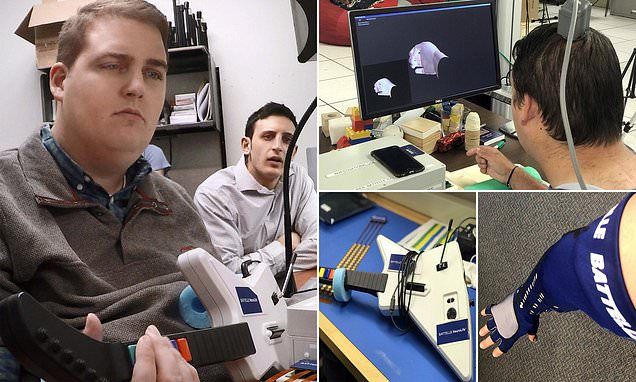

Strokes, seizures, loss of smell and taste and other neurological deficits are showing up in patients critically ill with the coronavirus.
Although the virus is classified as a respiratory disorder and primarily damages the lungs, clinicians are seeing patients with a wide array of symptoms, from seizures to hallucinations, brain inflammation, disorientation, delirium and loss of smell and taste.
“I had a patient, a young guy, 48, who attended a party in New Rochelle two weeks before and came in with hallucinations and confusion,” said Dr. Pooia Fattahi, regional chair of neurology for Trinity Health Of New England. The patient had no fever and only a slight cough. Still, aware some COVID-19 patients show up at hospitals with seizures, strokes and confusion, Fattahi suspected, correctly, that the patient had COVID-19. Three of those who attended the same New Rochelle party ultimately died of the virus.
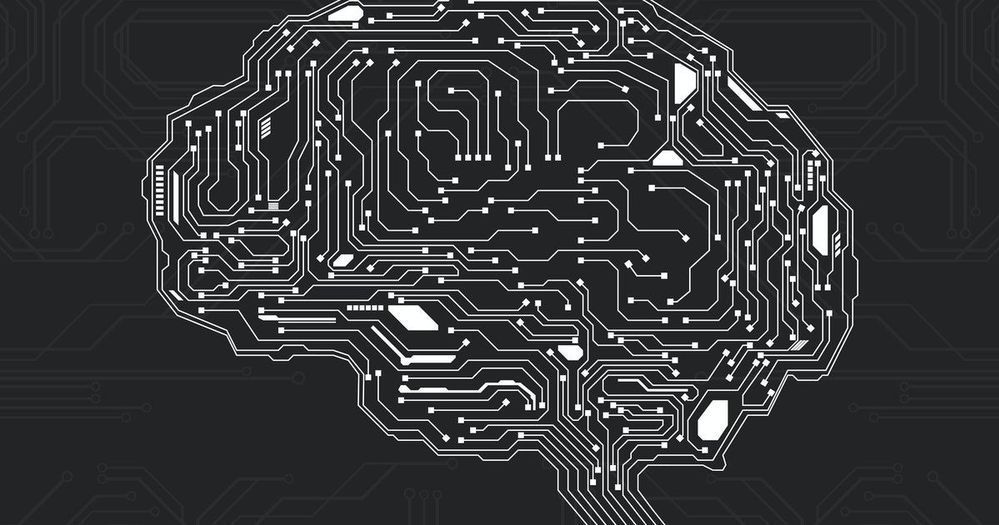
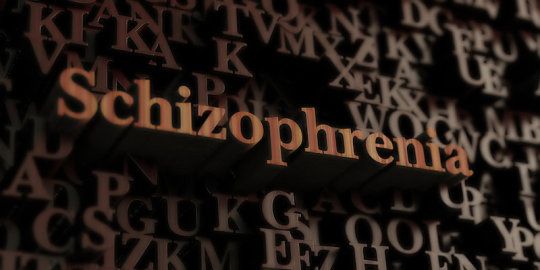
:ooooo.
Most research about the genetics of schizophrenia has sought to understand the role that genes play in the development and heritability of schizophrenia. Many discoveries have been made, but there have been many missing pieces. Now, UNC School of Medicine scientists have conducted the largest-ever whole genome sequencing study of schizophrenia to provide a more complete picture of the role the human genome plays in this disease.
Published in Nature Communications, the study co-led by senior author Jin Szatkiewicz, PhD, associate professor in the UNC Department of Genetics, suggests that rare structural genetic variants could play a role in schizophrenia.
“Our results suggest that ultra-rare structural variants that affect the boundaries of a specific genome structure increase risk for schizophrenia,” Szatkiewicz said. “Alterations in these boundaries may lead to dysregulation of gene expression, and we think future mechanistic studies could determine the precise functional effects these variants have on biology.”

The virus is likely only to fuel the disaster preparedness industry in New Zealand and beyond. “Obviously the coronavirus is making people realize how vulnerable we all are, but what people are really concerned about is the aftermath,” said Vicino, the Vivos founder, who believes the wealthy fear an economic collapse or global depression could lead to uprisings against the top 1%. “They don’t want to have to defend their homes when the gangs of looters or marauders show up.”
Interest in New Zealand bunkers has surged.

“Scientists have discovered an earlier origin to the human language pathway in the brain, pushing back its evolutionary origin by at least 20 million years.”
If you found this article informative and you’d like to share it, please “like” and share it from our Facebook page: https://m.facebook.com/story.php?story_fbid=570644296897252&id=383136302314720
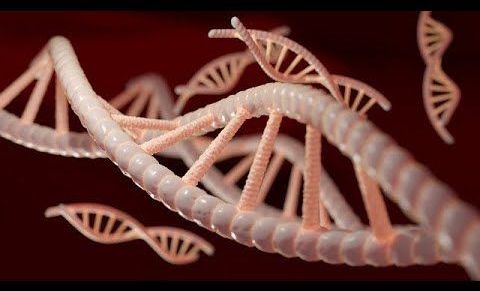
https://www.youtube.com/watch?v=Ofnm845BLDk
Klotho has been called the “king of anti-aging proteins.” It is an important biomarker and promising gene therapy treatment for Chronic Kidney Disease. It is more strongly correlated with IQ than any single gene, making it a potential nootropic and intelligence enhancing gene therapy.
https://biovivascience.myshopify.com/blogs/news/klotho-queen-of-anti-aging-proteins

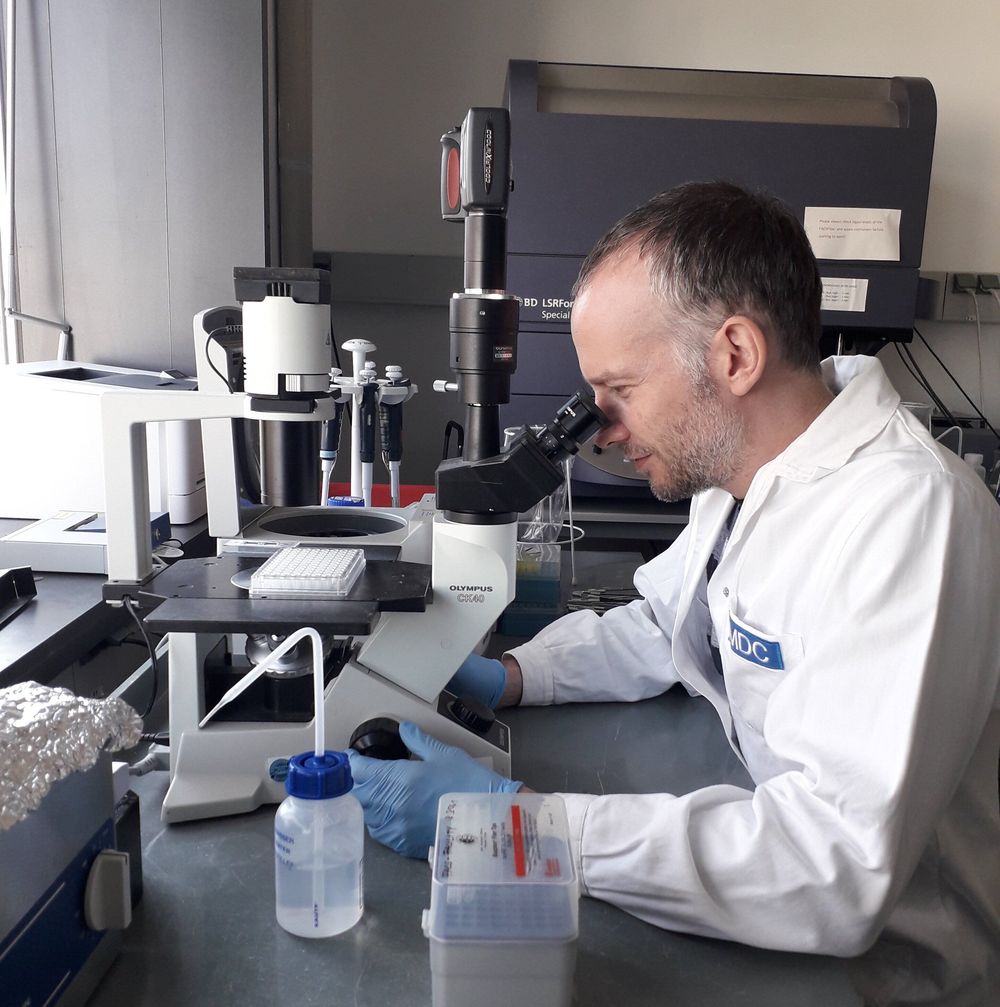
Multiple sclerosis (MS) is known as “the disease with a thousand faces” because symptoms and progression can vary dramatically from patient to patient. But every MS patient has one thing in common: Cells of their body’s own immune system migrate to the brain, where they destroy the myelin sheath—the protective outer layer of the nerve fibers. As a result, an electrical short circuit occurs, preventing the nerve signals from being transmitted properly.
Many MS medications impair immune memory
Researchers don’t yet know exactly which immune cells are involved in stripping away the myelin sheath. Autoreactive T and B cells, which wrongly identify the myelin sheath as a foreign body, travel to the brain and initiate the disease. “Up until now, MS drugs have essentially targeted these T and B cells, both of which are part of the acquired immune system,” says Dr. Alexander Mildner, a scientist at the Max Delbrück Center for Molecular Medicine in the Helmholtz Association (MDC) and the senior author of the paper now published in Nature Immunology.